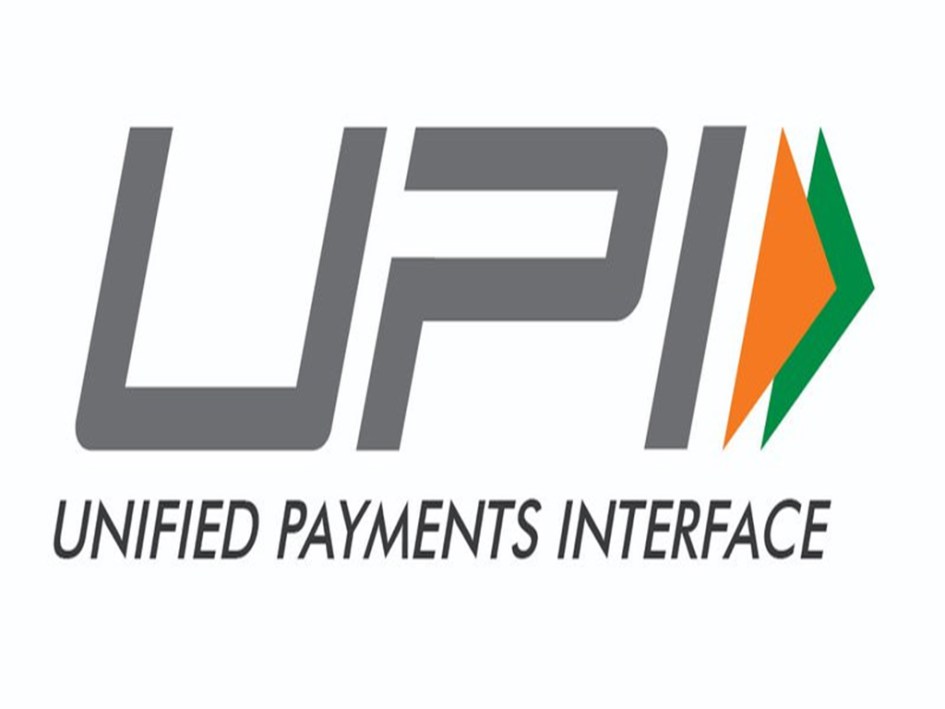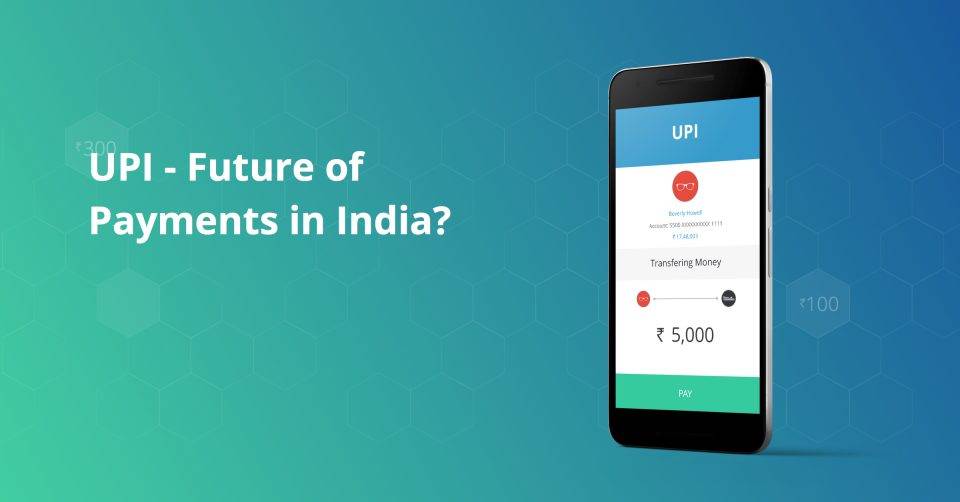How does UPI (Unified Payment Interface Work)?
India was using IMPS (Immediate Payment Service) for online fund transfers; but Indian National Payments Cooperation moved one step close to cashless economy by launching UPI, for more safe and quick money transfers. Also, demonetization took place a couple of years ago, so UPI was launched at the same time. While Indian currency was being renewed Indian citizens were helped by UPI. Let us know what UPI is and how does it work?

Do you have similar website/ Product?
Show in this page just for only
$2 (for a month)

0/60
0/180
How does UPI (Unified Payment Interface Work)? 


India was using IMPS (Immediate Payment Service) for online fund transfers; but Indian National Payments Cooperation moved one step close to cashless economy by launching UPI, for more safe and quick money transfers. Also, demonetization took place a couple of years ago, so UPI was launched at the same time. While Indian currency was being renewed Indian citizens were helped by UPI.

Let us know what UPI is and how does it work?
Unified Payments Interface (UPI) is an instant real-time payment system developed by National Payments Corporation of India facilitating inter-bank transactions i.e. back account to back account transfers. The interface is regulated by the Reserve Bank of India and works by instantly transferring funds between two bank accounts on a mobile platform. With UPI you don?t have to wait for a day, an hour or a week .UPI transfers happen at any time of the day, the funds transfer happens in a few seconds, similar to the money withdrawal that happens at an ATM.
UPI is built over Immediate Payment Service (IMPS) for transferring funds. Being a digital payment system it is available 24-7 and across public holidays. Unlike traditional mobile wallets, which take a specified amount of money from user and store it in its own accounts, UPI withdraws and deposits funds directly from the bank account whenever a transaction is requested.

The Website of National Payments Corporation of India lists the banks that facilitate UPI. Banks here are termed as Payment Service Providers (PSP) and issuers. PSP includes those banks which have their own mobile application to facilitate transaction and issuers include banks which don't have their payments interface and rely on third party software for transaction using UPI. There are 44 banks that participate on the UPI platform and 33 of them have developed apps to be able to use UPI.
How does UPI work?
UPI uses Virtual Payment Address (a unique ID provided by the bank) and to set up UPI you just need a few things:
? UPI powered app (All Bank Apps, Tez , Paytm or Phonepe)
? Account Number with IFS Code, Mobile Number with MMID (Mobile Money Identifier)
? Aadhaar Number
? A UPI-PIN (UPI Personal Identification number that one creates on the UPI app of the bank) is required to confirm each payment.
Once you have your UPI-PIN, you can send any amount of money to another person who has enabled UPI on the same app (Eg. Tez), the banks in this case can be different. The payment is done in seconds there is no OTP, no efforts to enter your ATM pin, it is just the UPI- PIN and amount to be transferred and above all there is zero transaction fee. On completion of the transfer you will receive a message immediately.

In the last couple of years UPI payments have increased a lot, applications like Tez and Phonepe offer exciting cash back too.
UPI is a highly secured payment option which set to become an efficient alternative to mobile wallets and make cashless payments faster possible at anytime (24×7,365 days), it acts as an email address for the customer?s money, which can be shared instead of bank details.
CONTINUE READING
Internet
Technology
Business
Sandeep Semwal
Content Writer
